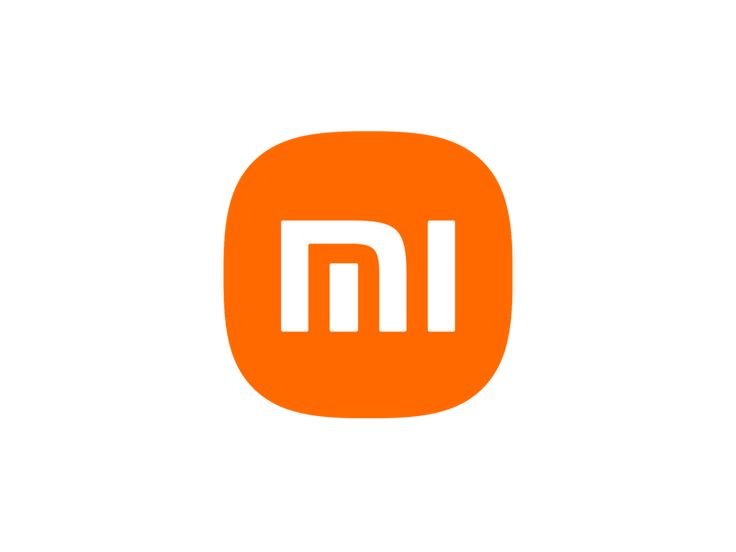According to Xiaomi Corporation’s own marketing, its POCO sub-brand’s latest smartphone, the POCO M4 5G is aimed at “value-conscious young people” and “youthful trendsetters that won’t compromise either performance or value”. True to those statements, this impressive device packs quite a number of features that will particularly appeal to users coming from a previous Android device who are seeking a more reasonably priced option.
The visual design of the POCO M4 won’t exactly turn heads, especially from the front where it’s practically indistinguishable from the vast majority of budget-priced smartphones on the market. Rather it’s on the back of the device where POCO has chosen to literally plant their flag, printing their logo proudly on the right side opposite the rear camera array. It’s unfortunate that the logo font is so generic and tacky that it helps create the impression that the POCO M4 is even more of a budget device than it actually is. A smaller and more understated lettering like the kind found on Xiaomi’s other smartphone sub-brands such as Redmi would definitely have sold the “trendsetting” image POCO was going for.

Poor font choice aside, the fine micro-dot-textured look and feel of the back of my POCO M4 review unit, broken up by the shiny, horizontal black plate of the camera array (Google Pixel-style) works well otherwise, and the unit’s materials feel evenly weighted and comfortable in my palm.
At the outset of this review I decided the best way to evaluate the POCO M4 was to switch over entirely from my LG Velvet (one of the last LG flagship smartphones) and make the POCO M4 my daily driver for a few weeks to see how things shake out. The process was almost painless, but it probably would have been a lot bumpier had I not sold smartphones for a living in a past life and wasn’t prepared. POCO’s company philosophy is “Everything you need, nothing you don’t,” but in this case what comes in the box doesn’t quite adhere to that mantra.
“The visual design of the POCO M4 won’t exactly turn heads…”
For starters, if you’re living in North America and manage to get your hands on the POCO M4 5G, you’re technically importing it so don’t be surprised by the included “Type C” wall charger plug for Europe, South America and Asia, rather than the “Type A” plug that we commonly use in North America. So yeah, you’ll need a spare Type A wall charger plug right from the jump to charge your POCO M4 with, preferably a Fast-Charging one. Similarly, if you choose to transfer your apps, data and settings from your previous phone to the POCO M4 during the initial setup, you’ll be prompted to use an OTG adapter to connect your old phone to your new one via the previous phone’s cable, even though no such adapter is supplied.
Also included in the box is a 3-foot USB-C to USB-A cable, a USB-A wall plug charger, a SIM ejector pin, documentation (including a Quick Start Guide), and in a very considerate gesture on behalf of POCO, a transparent silicone case for protecting the body of the phone (sadly, no matching screen protector film is provided for the 6.58-inch screen).

Once the POCO M4 is up and running, it’s actually a delight of a smartphone in many aspects. Its operating system, a bespoke flavour of Android 12 called “MIUI 13” brings some interesting new-“ish” features to the table that users completely have the option of taking or leaving. Features such as dedicated game and video enhancing modes dubbed Game Turbo and Video Toolbox, a not-so-intuitive mode for moving open notifications and apps around the screen called Floating Windows, and the ability to discreetly lock away an entire second profile on the phone complete with apps and settings, appropriately named “Second Space”.
FYI: After attempting to play Genshin Impact in “Game Turbo” mode, however, I recommend avoiding trying to play anything that intense on the POCO M4, despite the game coming partially pre-installed. It’s a dog’s breakfast of performance.
“…the POCO M4’s MIUI 13 OS still manages to be a fairly non-intrusive overlay that experienced Android users will be familiar with.”
Even taking the above features out of the equation though, the POCO M4’s MIUI 13 OS still manages to be a fairly non-intrusive overlay that experienced Android users will be familiar with. Better yet, the POCO M4’s overall UI performance is visually snappy and almost always feels responsive in hand, thanks to some impressive hardware specs and features under the hood.
The 2.2GHz octa-core powered MediaTek Dimensity 700 Processor, coupled with the smartphone’s ample 6 GB of RAM (plus the option to allocate an additional 2 GB of virtual RAM from the POCO M4’s 128 GB of internal storage) makes the makes the POCO M4 quite the media powerhouse despite its unassuming appearance and budget price.

While it’s impossible to expect what is, essentially, a budget smartphone phone to pack-in every high-end flagship feature from its rivals, the POCO M4 surprised me in many of the places where it counted. For example, its 5000mAh battery seems almost bottomless and with medium use, it took me a good two days to fully deplete the battery, and draining the last 10 percent felt like an eternity, even while running high quality YouTube videos with full brightness on.
With a max charging capacity of 18W, one can expect the POCO M4 to take over two hours to fully recharge using its supplied USB-C cable and a compatible Fast Charger, but the resulting power endurance of the device is well worth the time investment. I was also pleased to discover that, should I manage to max out the POCO M4’s generous 128 GB of on-board storage, the device accepts up to 1 TB of expansion via microSDXC card. Dual 5G SIM support is also present for those looking to consolidate two phone numbers into one device, another great plus.
“In addition to fingerprint, pattern and PIN unlock options, the POCO M4 also allows itself to be unlocked via user facial recognition…”
Coming to this device from the LG Velvet and the LG G8 ThinQ before it, I can’t effectively express how disappointed I was with LG when they substituted the rear fingerprint sensor of the G8 with the awkward and unwieldy under-display type sensor on the Velvet. So to see POCO go the extra mile by continuing to include a side-mounted fingerprint sensor on the power button of their latest sub-$300 phone was an absolute joy. The less finger gymnastics one has to do to unlock one’s smartphone while using one hand, the less likely one is to drop it, and I’ve yet to do that with the POCO M4 after three weeks of use.
In addition to fingerprint, pattern and PIN unlock options, the POCO M4 also allows itself to be unlocked via user facial recognition, which is incredibly convenient when picking up the device off a flat surface. Sadly, unlike the aforementioned G8, the feature won’t unlock straight to the home screen; users still have to swipe to dismiss the lock-screen even after their faces have passed muster.

Speaking of “passing muster,” the POCO M4’s array of cameras is one of the few areas besides its visual design that fails to live up to the overall package. With a maximum of 13 MP for its main camera, 2 MP for its depth camera and 5MP for its front-facing selfie camera, the POCO M4 takes decent pics with adequate detail, but it likely won’t impress anyone accustomed to using a top shelf smartphone camera from Xiaomi’s fiercest rivals.
Shockingly, I wasn’t even able to find an actual fixed resolution option for taking photos in the camera app’s settings, only an option for High/Standard/Low. And although the POCO M4 features a 2408 x 1080 trademarked “DynamicSwitch” IPS display that can intelligently switch refresh rates between 30, 60 and 90Hz to best suit what sort of activity the user is engaged in, video recording is limited to only 1080p30fps.
On the positive side, the POCO M4’s cameras still have a slew of options, filters and effects to make the most of them. These camera options come close to rivalling those of my LG Velvet in number and have excellent, easy-to-understand explainers that inform users what each feature does. It also has an decent (well, maybe just OK) “Tilt Shift” mode that’s easy to find and use. The 20:9, 500 nit screen is crisp and bright enough to thoroughly enjoy streaming HD content, and while Genshin Impact was a choppy disaster, Octopath Traveler: CotC runs fairly well on the POCO M4.
Having said all that, there is one major sticking point that I have with the POCO M4 that I absolutely must address: its speaker. Given that speaker output quality is often just an afterthought in the construction of most smartphones these days (even high-end ones), you’ve got to be “memorably bad” to stand out. To that the POCO M4’s speaker says, “hold my beer.” YouTube content in particular sounds horrible through it. It’s tinny and noisy, so noisy in fact that music and sound effects in many videos almost sound garbled.

Better quality sources, such as high-quality Spotify tracks streamed or played locally, come across sounding better, with a more stable signal. But they’re still tinny and all but completely devoid of bass. On the bright side however, audio is completely fine on the POCO M4 via Bluetooth or wired headphones (props to POCO for not forgetting to include a 3.5 mm jack for wired headphone and headset lovers).
In closing, if you’re an experienced Android user looking for a modern smartphone that packs in several of the flagship features you’ve become accustomed to from higher-end phones but at a much lower cost of entry (approximately 220 Euros = $290 CAD), the Xiaomi POCO M4 5G is an excellent choice for your next replacement, transitional or even spare device, with its Dual SIM support making it especially well-suited to travel. Naturally, newcomers are also welcome, but they should be prepared for the steep learning curve required to learn the many intricacies of the MIUI 13 overlay on top of vanilla Android 12.





